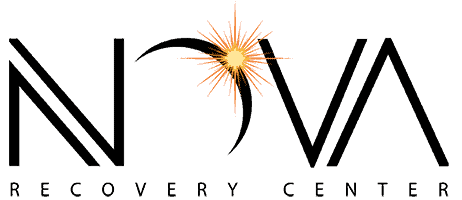Mescaline & Peyote: Understanding the Sacred Cactus and Its Psychedelic Alkaloid
GET HELP TODAY!
100% Confidentiality Guaranteed
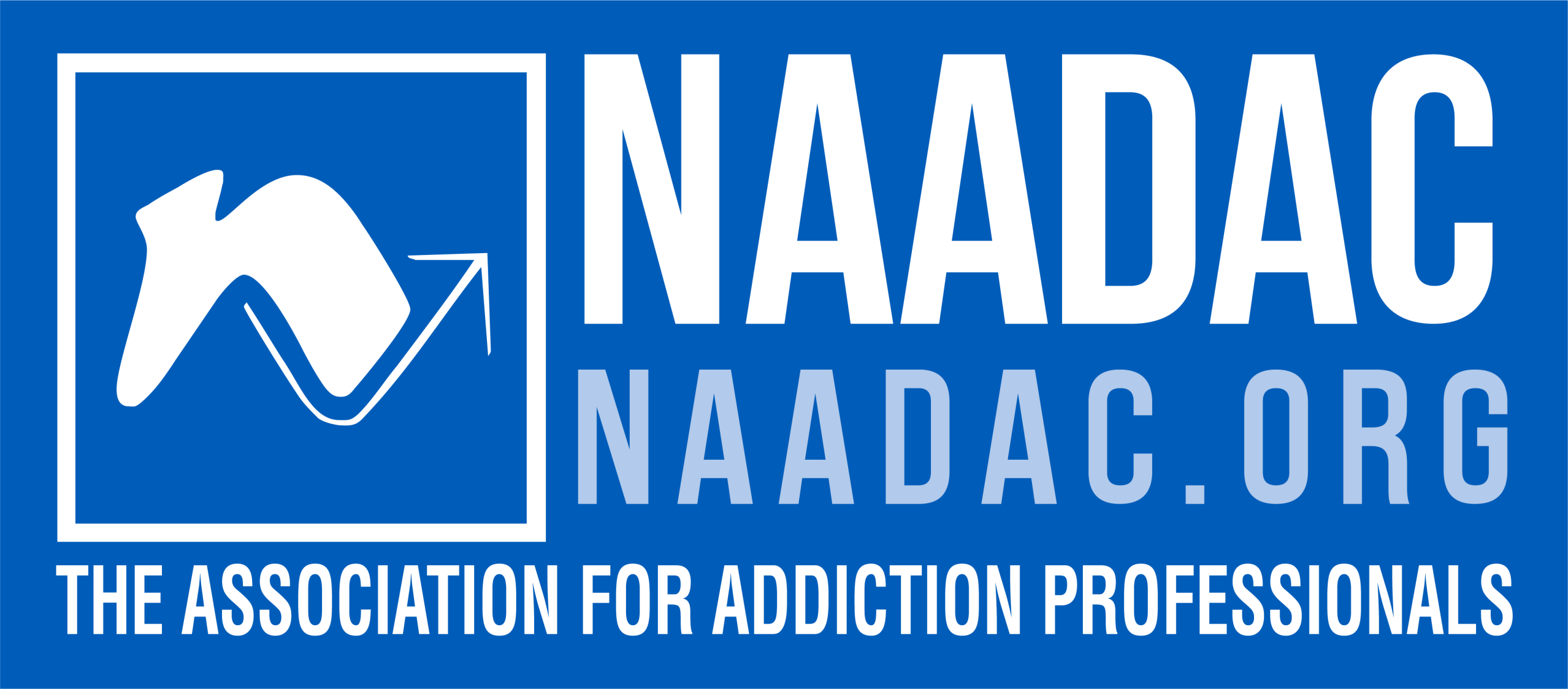
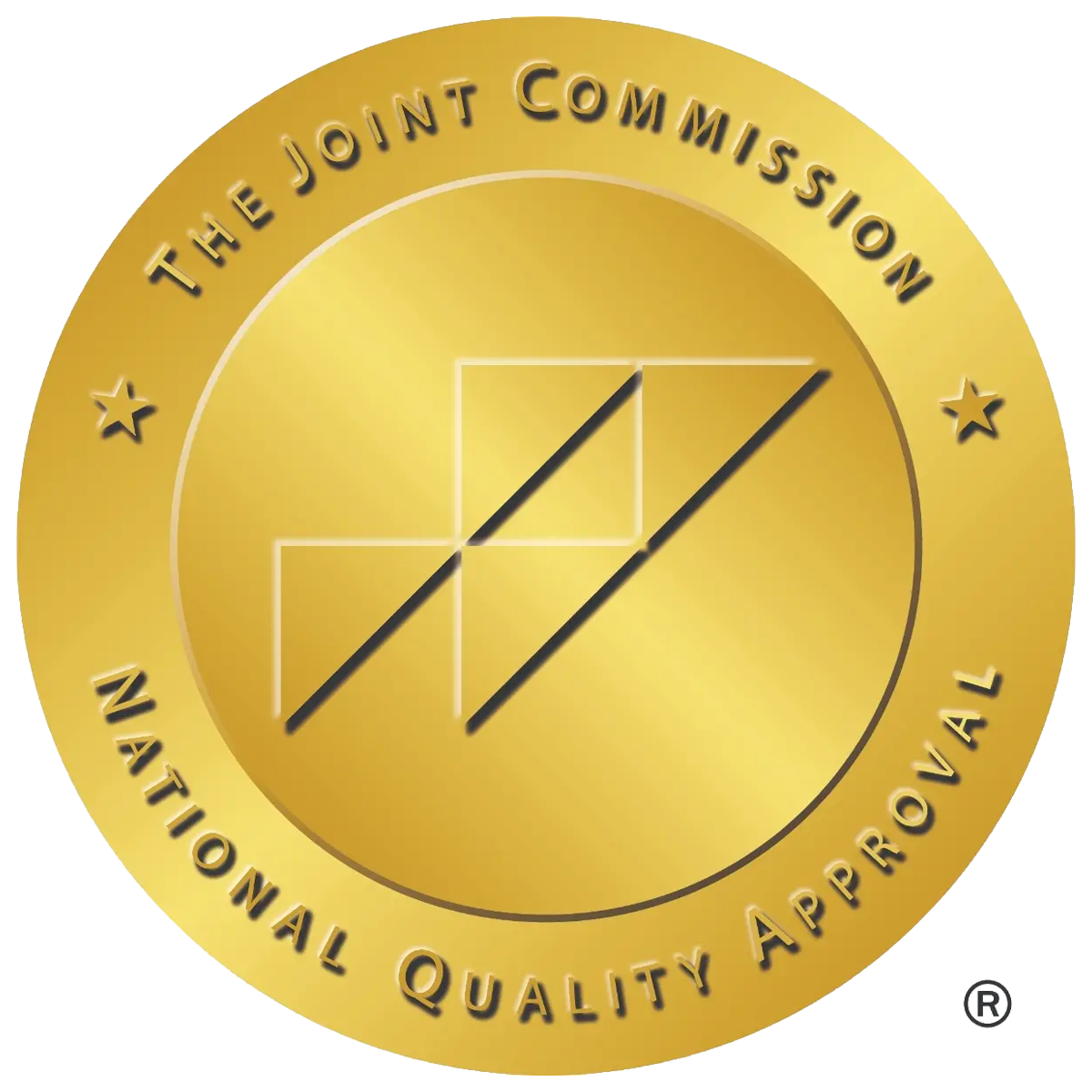
What Is Peyote vs. Mescaline?
Peyote – The Cactus
Peyote (Lophophora williamsii) is a small, spineless cactus native to southern North America, particularly northern Mexico and Texas. It features disc-shaped “buttons,” or crowns, that are harvested for traditional and ceremonial use. Peyote has a rich cultural history and is considered sacred by Indigenous groups such as the Native American Church and the Huichol people
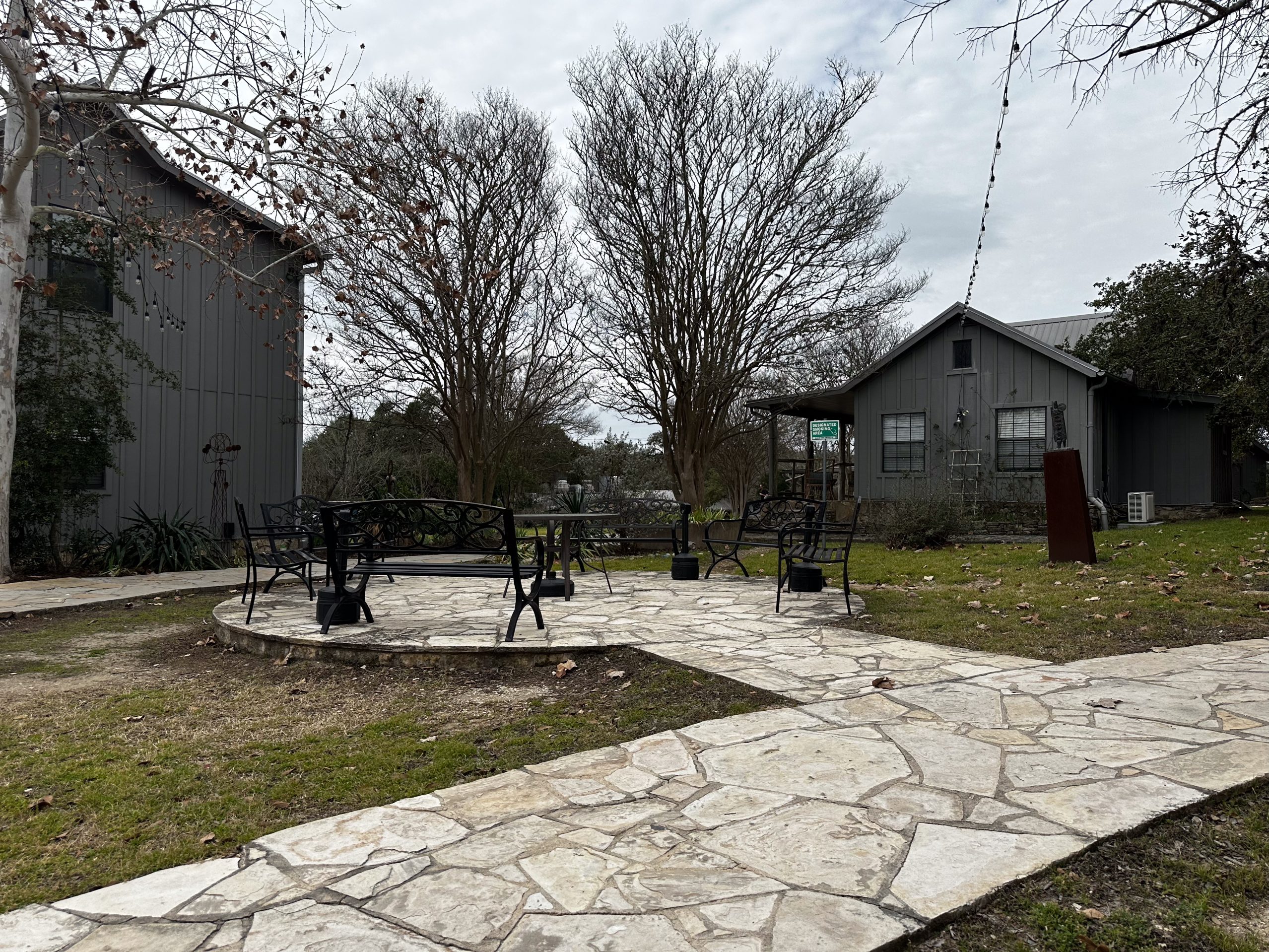
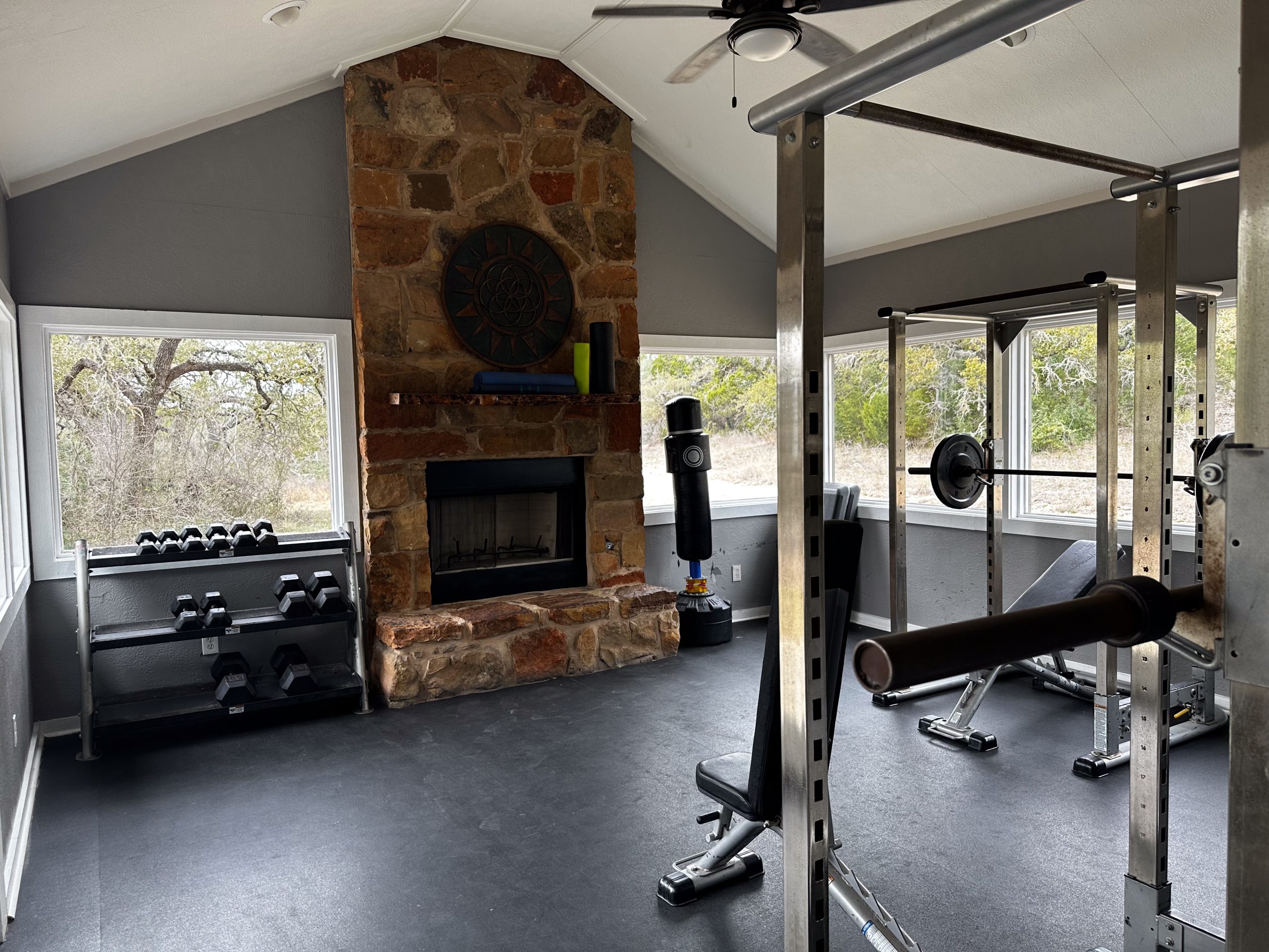
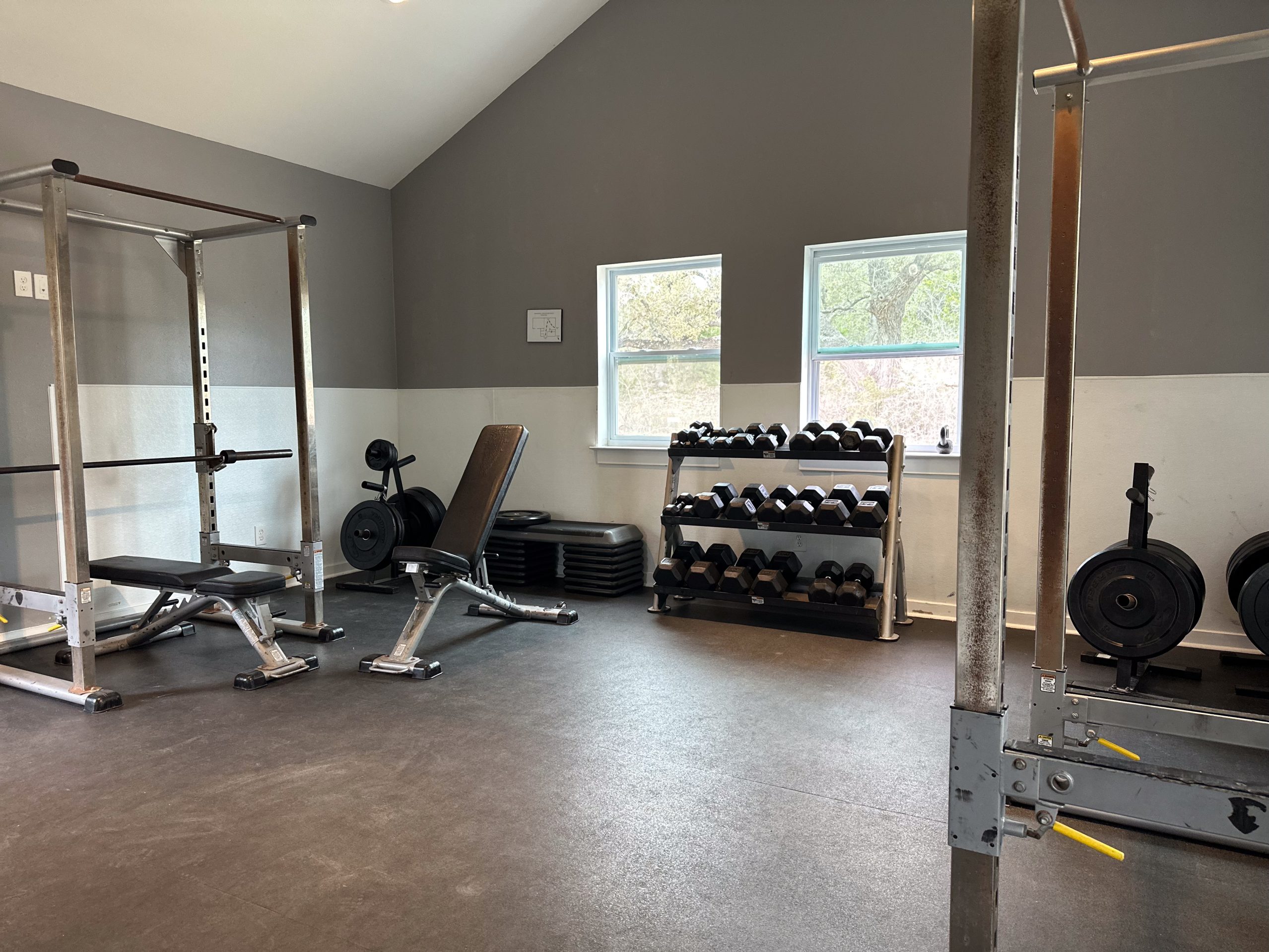
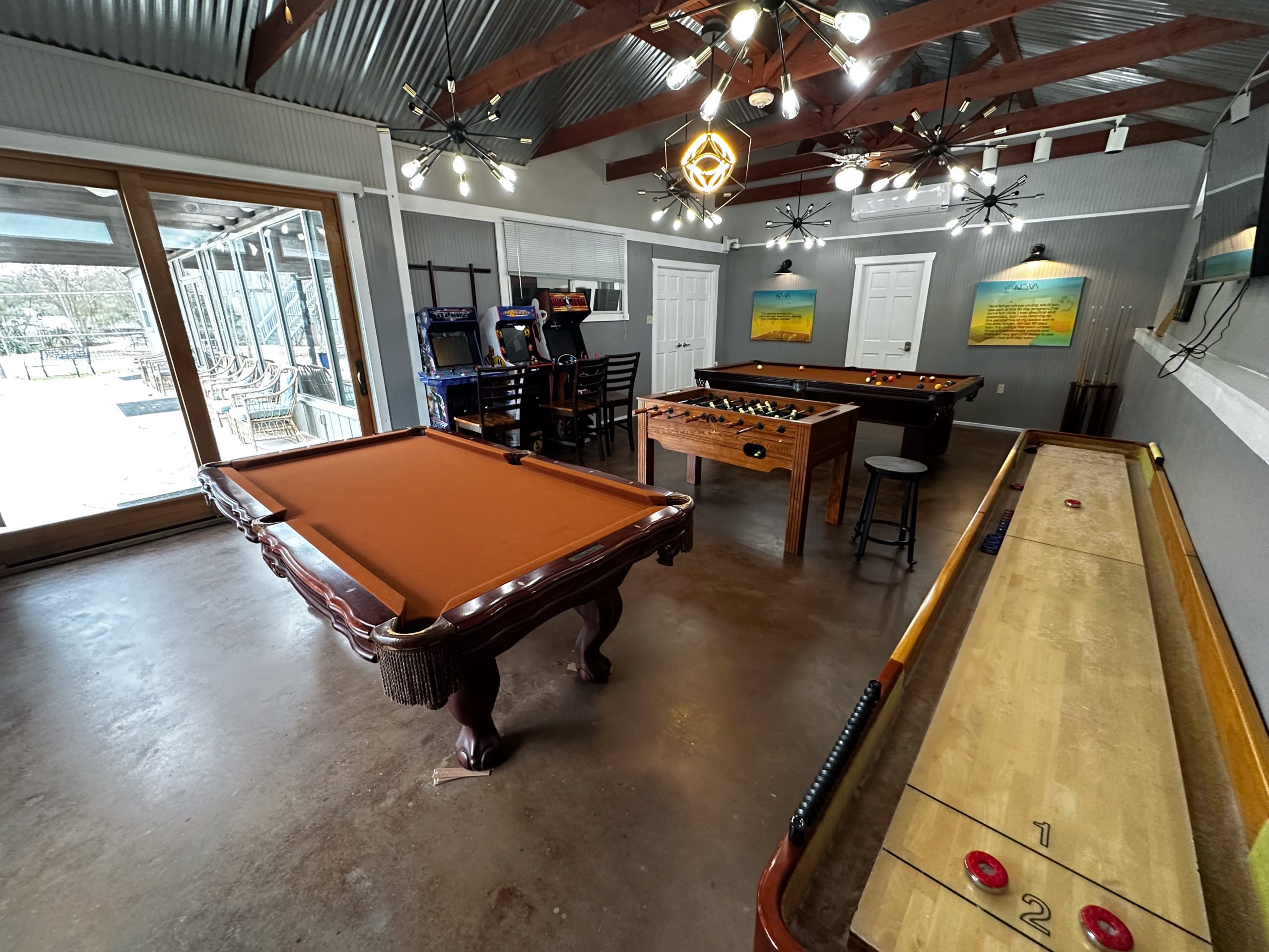
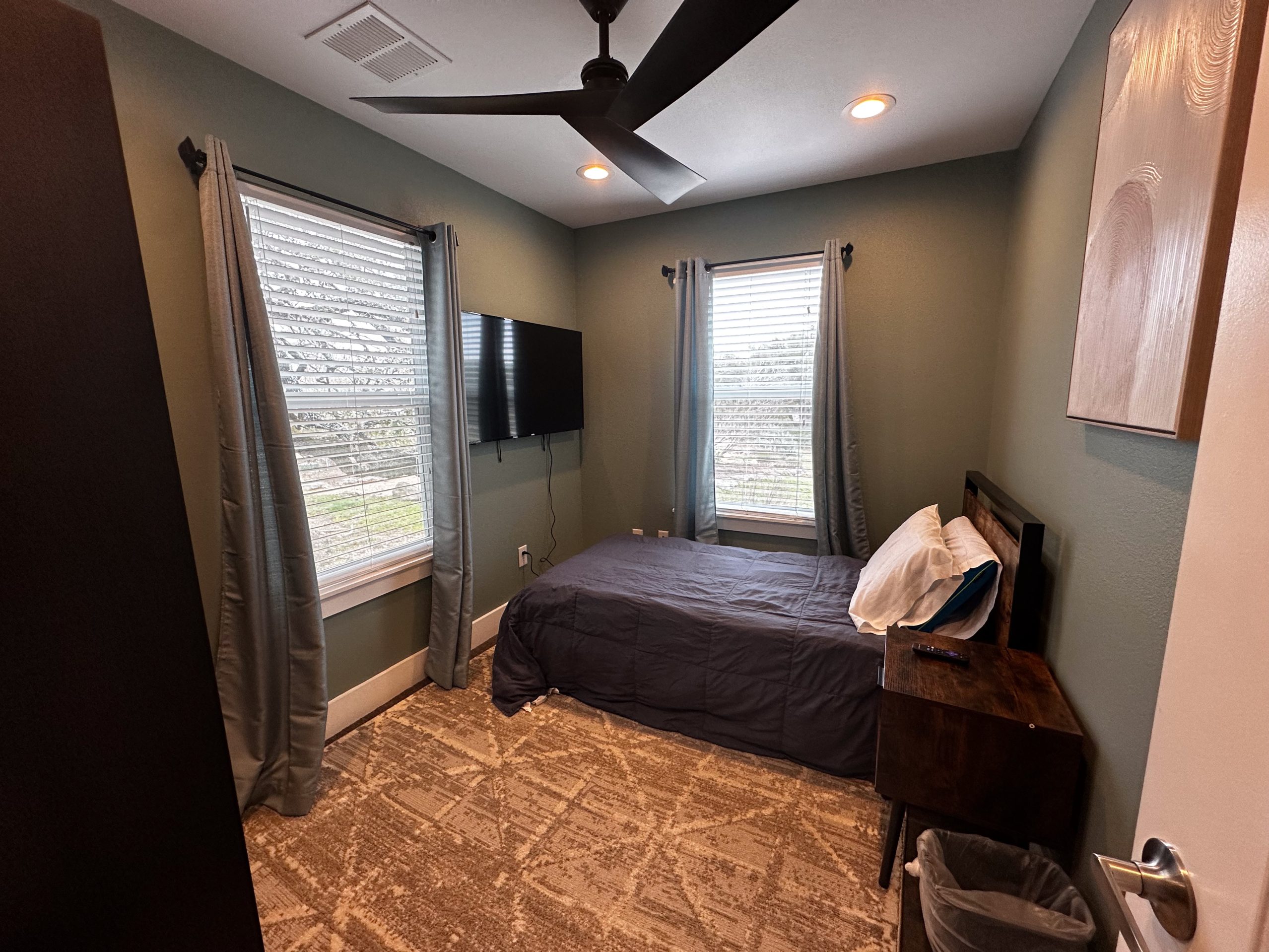
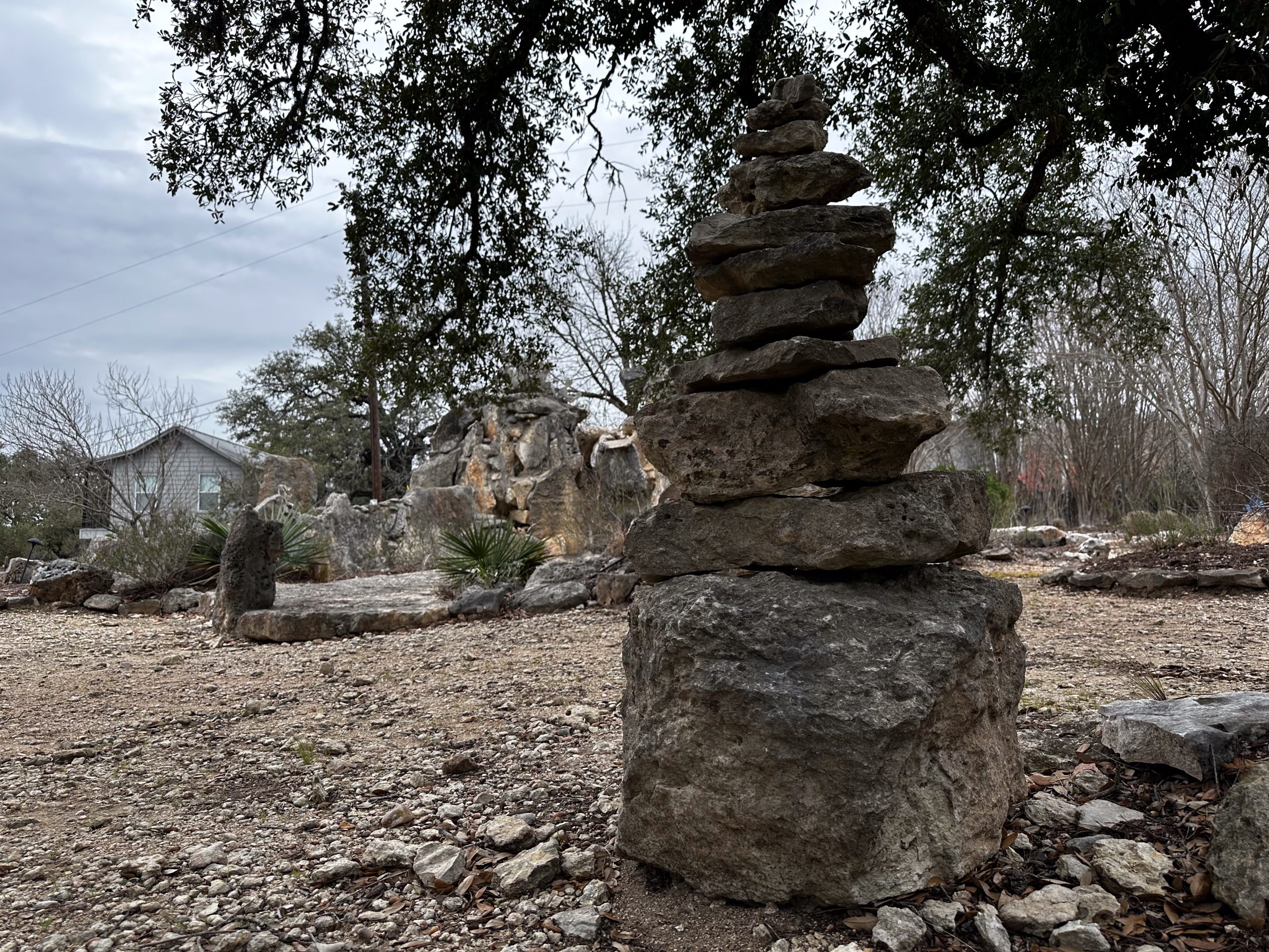
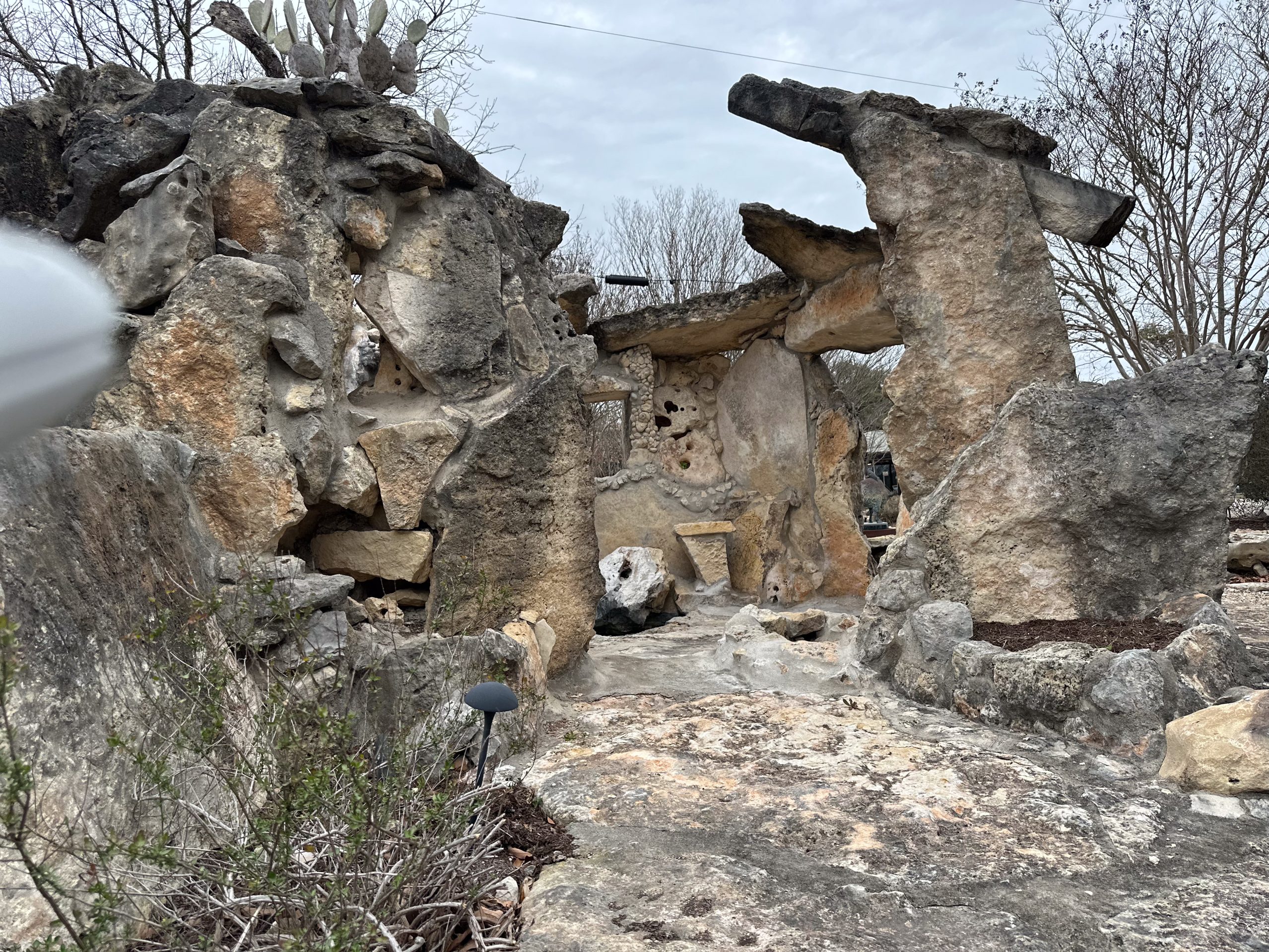
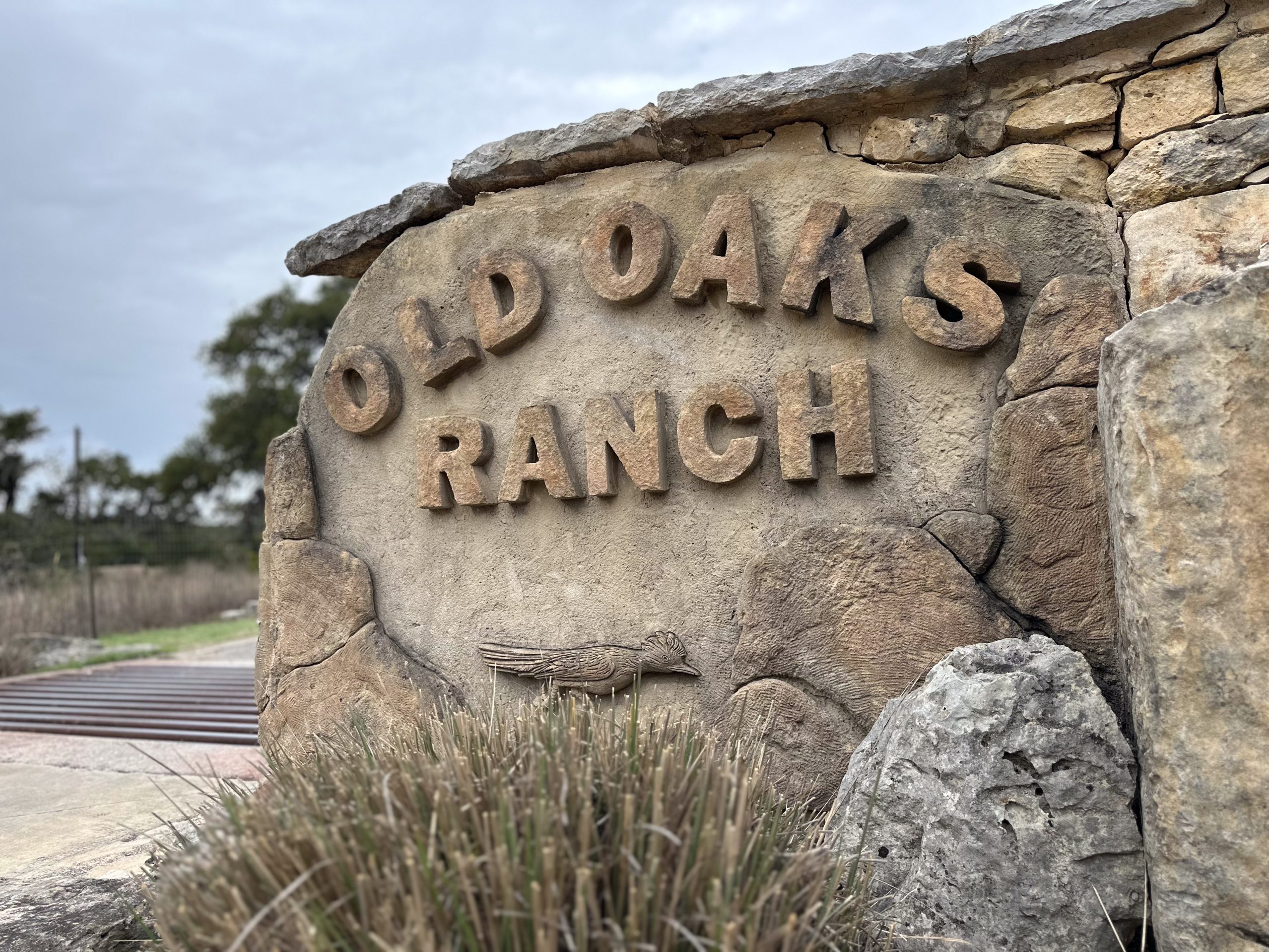
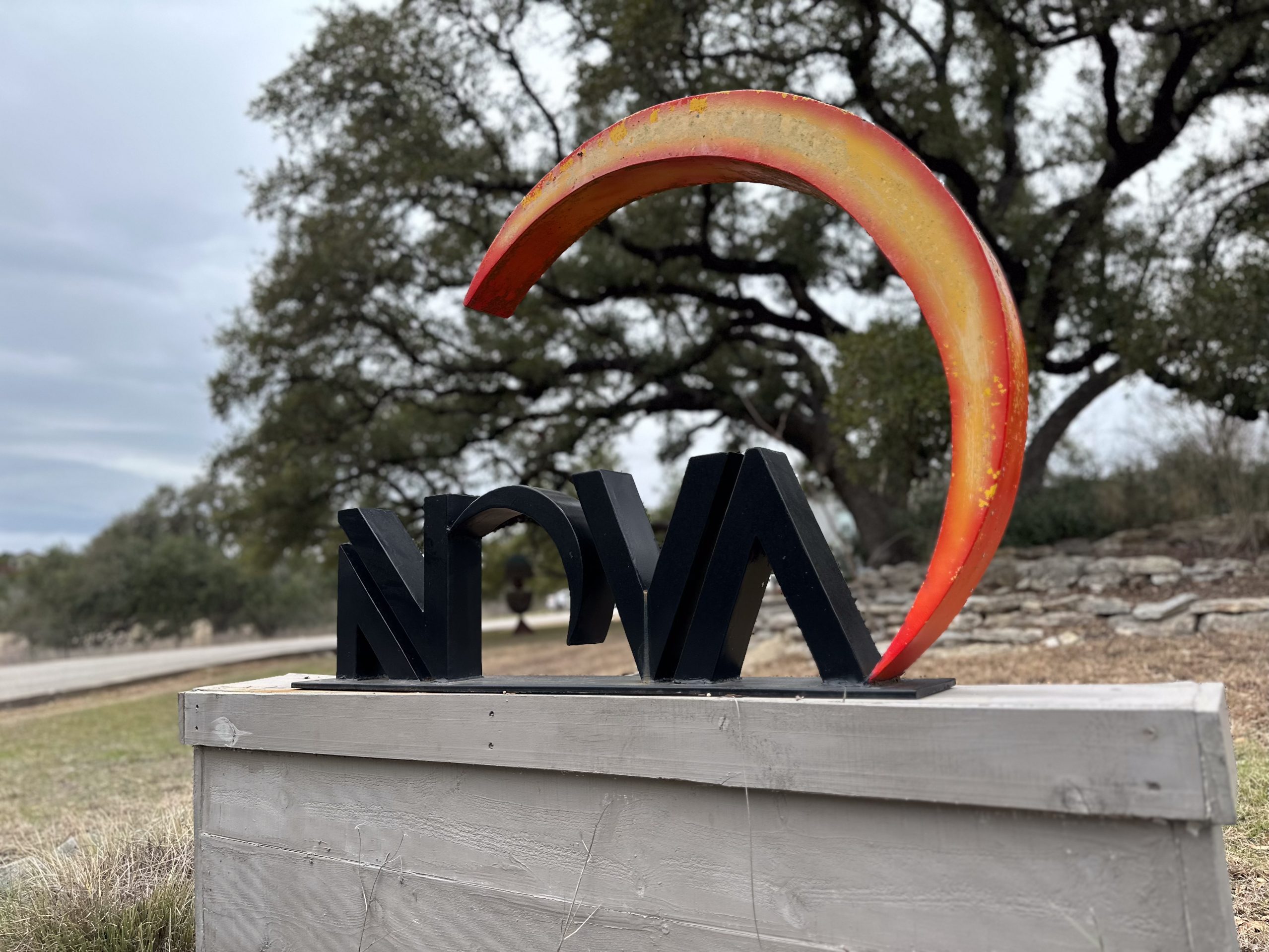
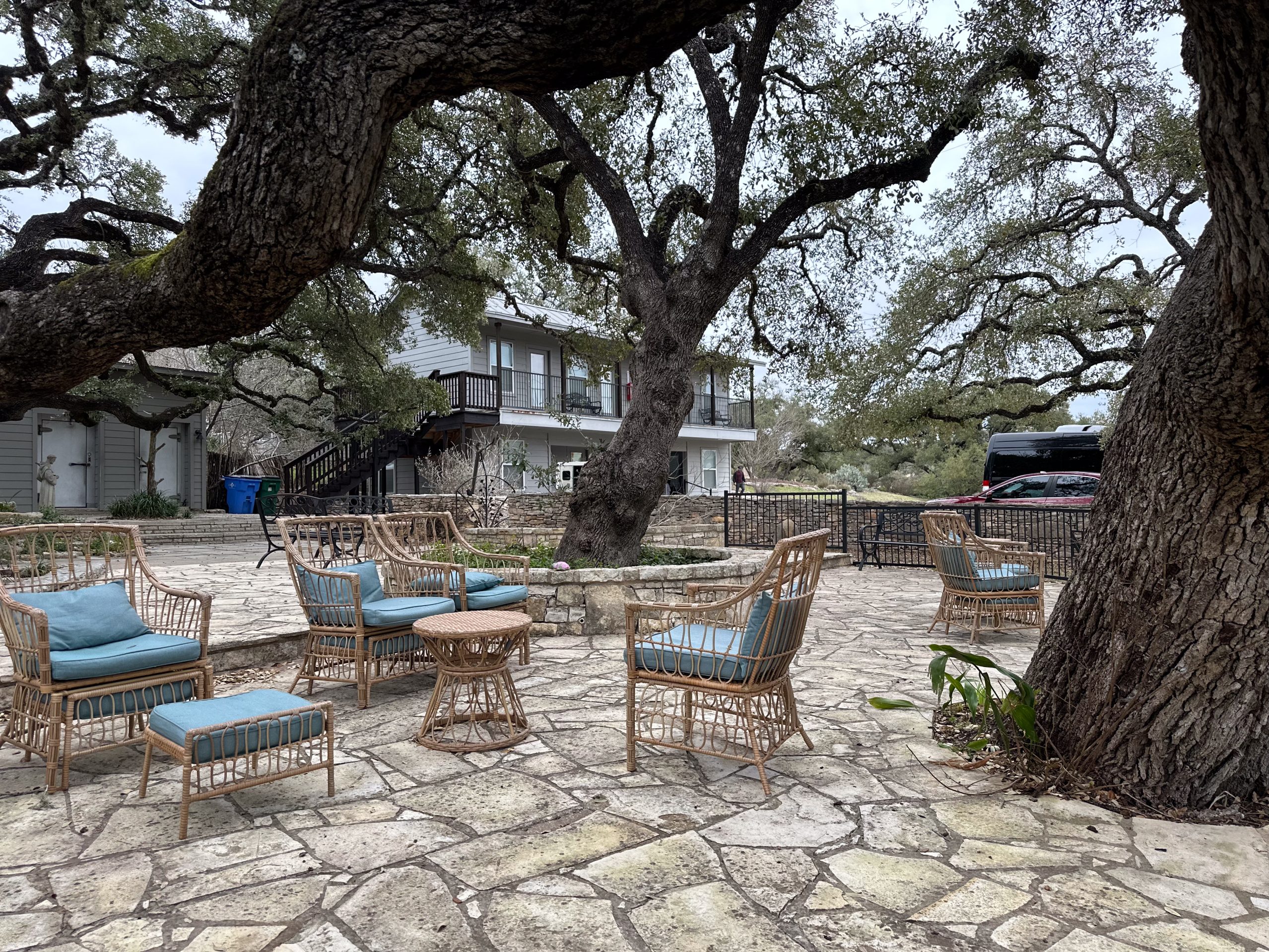
Mescaline – The Active Alkaloid
Mescaline is a naturally occurring psychedelic alkaloid found primarily in peyote, as well as in the San Pedro cactus. It alters perception, producing vivid visuals, shifts in time perception, and mystical experiences . In biological terms, mescaline is 3,4,5‑trimethoxyphenethylamine, acting chiefly on serotonin receptors to induce psychedelic effects.
Historical & Cultural Significance
Mescaline is a naturally occurring psychedelic alkaloid found primarily in peyote, as well as in the San Pedro cactus. It alters perception, producing vivid visuals, shifts in time perception, and mystical experiences . In biological terms, mescaline is 3,4,5‑trimethoxyphenethylamine, acting chiefly on serotonin receptors to induce psychedelic effects.
Historical & Cultural Significance
Peyote has been used ceremonially for thousands of years by Indigenous peoples of the Americas, serving as a healing and spiritual sacrament . The Native American Church, established in 1918, uses peyote in its religious ceremonies, and approximately 400,000 participants practice this tradition today . The Huichol pilgrimage to harvest peyote from Wirikuta underscores its sacred role in ancestral traditions
How Peyote and Mescaline Are Used
Traditional ingestion: Peyote “buttons” are chewed, brewed into tea, ground into powder consumed in capsules, or smoked with plant matter.
Mescaline usage: It may be extracted and taken in pure form—powder, liquid, or capsule—or consumed as part of peyote or San Pedro cactus preparations.
Duration and onset: Effects typically begin within 45–90 minutes and can last 6–14 hours
Effects on Body and Mind
Physical Effects
Users may experience nausea, vomiting, pupil dilation, increased heart rate and blood pressure, elevated body temperature, sweating, headaches, and impaired coordination
Psychological Effects
Mescaline induces illusions, visual hallucinations, altered time-space perception, synesthesia (e.g., seeing sounds as colors), emotional shifts, euphoria, anxiety, and spiritual sensations
Factors Influencing Experience
“Set” (mindset) and “setting” (environment) heavily influence the experience—stressful mental states or hostile surroundings can lead to negative outcomes, while calm environments may foster therapeutic-like insights
More Time. More Joy. More You. Start Now.
WE ACCEPT MOST INSURANCES







Risks, Legal Status & Conservation
Legal Overview
In the U.S., both peyote and mescaline are Schedule I substances under the Controlled Substances Act, signifying high abuse potential and no accepted medical use—except for religious use by Native Americans under the 1994 American Indian Religious Freedom Act amendments.
Conservation Concerns
Peyote is slow-growing and vulnerable. Rising demand for psychedelics has exacerbated overharvesting, posing threats to Indigenous spiritual traditions. Conservation efforts are being led by Indigenous groups to protect natural populations.
Long-Term Effects & Safety
Studies have found no cognitive deficits among ceremonial peyote users. In fact, regular users within supportive communities showed better emotional outcomes compared to others. Nonetheless, psychological risks and hallucinogen-persisting perception disorder (HPPD) remain a concern.
Mescaline Today — Therapeutic & Cultural Resurgence
Psychedelic retreats using mescaline-containing cacti are gaining interest for their potential therapeutic benefits, though often remain deeply rooted in Indigenous ceremonial frameworks. Meanwhile, research into psychedelics (including mescaline) for mental health conditions like PTSD, depression, and anxiety is resurging, albeit in controlled clinical settings
Peyote is a small, spineless cactus (Lophophora williamsii) with a long cultural and ceremonial history. Mescaline is the primary psychoactive alkaloid found in peyote—so mescaline is the compound, while peyote is the plant that contains it.
Yes—mescaline is the hallucinogenic substance naturally present in peyote’s buttons, usually around 0.4% when fresh and up to 6% when dried.
Traditional methods include chewing the fresh or dried buttons, steeping them to make a tea, grinding into powder for capsules, or smoking with leaves such as cannabis or tobacco.
Mescaline induces vivid hallucinations, altered perception of time and space, euphoria, emotional shifts, synesthesia, as well as physical effects such as nausea, increased heart rate and blood pressure, sweating, and impaired coordination.
Yes. In the U.S., peyote is Schedule I, but a 1994 amendment to the American Indian Religious Freedom Act protects its ceremonial use by Native Americans within the Native American Church.
A study of ceremonial peyote users found no cognitive decline; in fact, emotional health appeared better compared to controls. However, risks like nausea, HPPD (flashbacks), and rare adverse effects exist—especially when used outside ceremonial contexts or with preexisting conditions.
Peyote grows extremely slowly. Over-harvesting, land development, and rising psychedelic demand are depleting natural populations. Indigenous groups are leading conservation efforts to protect this sacred plant.
Freedom Starts Here. Take Back Your Life Today.
Same-Day Admissions in Austin Available.
Treatment Options for Mescaline / Peyote Abuse at Nova Recovery Center
While peyote and mescaline are often associated with spiritual and cultural traditions, misuse can lead to psychological distress, health complications, and difficulty functioning in daily life. At Nova Recovery Center, we provide comprehensive treatment plans designed to address substance misuse, underlying mental health issues, and the challenges of long-term recovery.
Medical Detox and Stabilization
For individuals experiencing physical or psychological distress related to hallucinogen use, medical detox offers a safe, supportive environment to begin the recovery process. Our team provides 24/7 supervision, ensuring safety and comfort during withdrawal and stabilization.
Residential Inpatient Rehab
Our 90-day drug and alcohol rehab program offers structured care in a therapeutic setting. Clients receive evidence-based treatment, individual counseling, group therapy, and holistic practices that help address both substance use and co-occurring mental health conditions.
Intensive Outpatient Programs (IOP)
For those who need flexibility but still require structured support, our IOP offers ongoing therapy, relapse prevention training, and peer support while allowing clients to maintain family and work responsibilities.
Sober Living Homes
Transitional housing provides a safe and supportive environment for clients continuing their recovery journey. Nova’s sober living homes encourage accountability, structure, and community, which are essential for maintaining long-term sobriety.
Therapeutic Modalities We Use
Cognitive Behavioral Therapy (CBT): Helps clients identify thought patterns that may contribute to substance misuse.
Dialectical Behavior Therapy (DBT): Builds coping skills for emotional regulation and stress management.
Motivational Interviewing (MI): Encourages clients to find their own motivation for lasting change.
Holistic Care: Yoga, meditation, and mindfulness practices support healing of the mind, body, and spirit.
Family Involvement and Support
Substance use often affects more than just the individual. Nova Recovery Center integrates family therapy and education to rebuild relationships and provide loved ones with the tools to support recovery.
Aftercare and Relapse Prevention
We believe recovery is a lifelong journey. After completing treatment, clients have access to ongoing recovery coaching, alumni support groups, and relapse prevention planning to strengthen long-term success.
